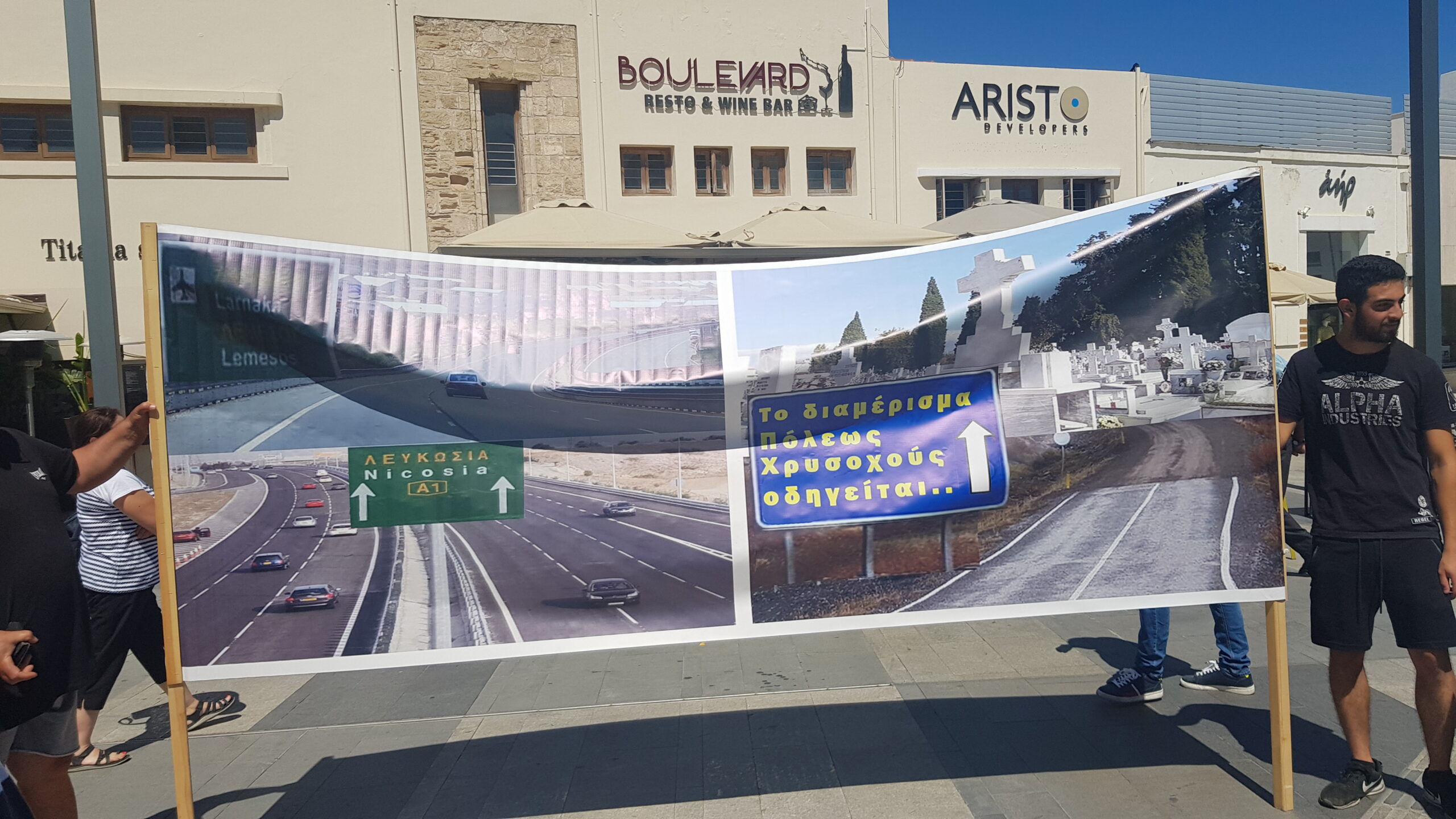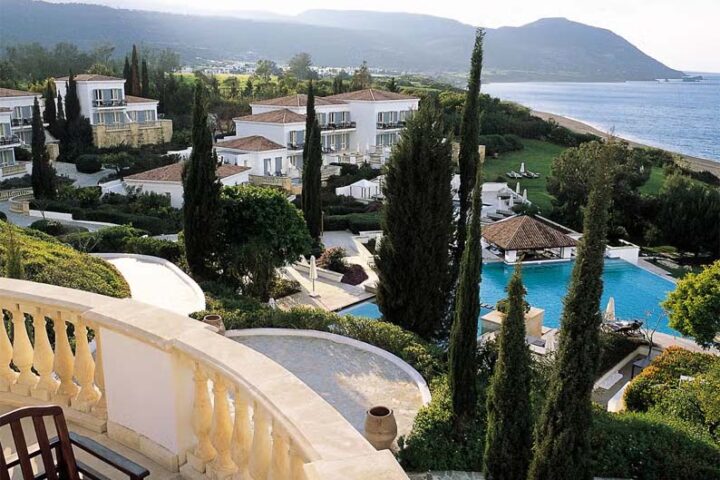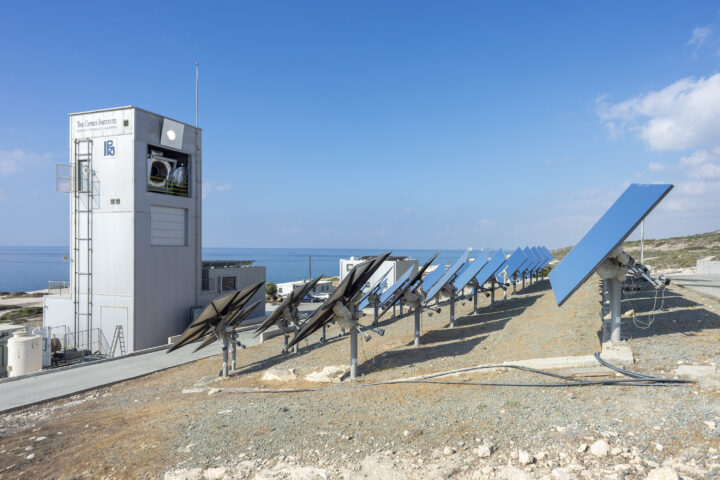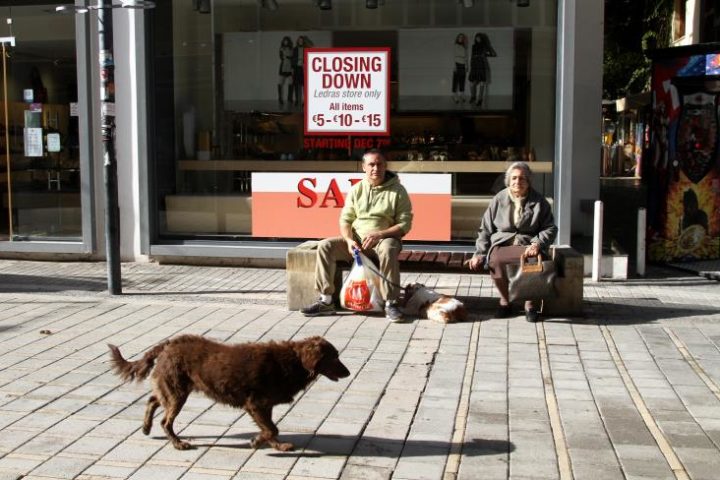Environmentalists are not ‘buying’ official promises that a local development plan will not threaten Akamas, the island’s nature reserve, home to unique fauna and endangered species.
Despite promises from government officials, including Agriculture Minister Costas Kadis, that the reserve will be preserved and allowed development which will not alter the ecosystem, environmentalists disagree.
Hundreds gathered in Nicosia last month demanding the complete rejection of the plan under the slogan Save Akamas.
Organisers argue the plan is entirely incompatible with preserving the island’s common natural and cultural heritage and the sustainable development of the local communities of the Akamas Peninsula.
Another protest took place last week in Paphos by environmentalists seeking more transparency from the government about its plan for the area and demanding the region remain free from bulldozers.
Talking to the Financial Mirror, Marine Biologist and representative of the Friends of the Earth Cyprus, Natasa Ioannou, said the latest plan drawn up for Akamas will cancel out the protection offered to wildlife by the EU’s Natura 2000 scheme.
Natura 2000 is a protected area network covering Europe’s most valuable and threatened species and habitats.
It is the largest coordinated network of protected areas worldwide, extending across all 27 EU countries on land and at sea.
“The Akamas local development plan is not just another development plan, indicating where someone can build and how high they can build.
“This plan includes protected areas, allowing for developments that could endanger the whole ecosystem,” said Ioannou.
She explained that the area requires a local plan to put development in order in the sensitive peninsula of Akamas, but the plan contains ‘dangerous loopholes’.
“The plan allows people with property in these areas to build a visitor node, which could be anything from a hut on an agricultural plot, a villa, or a facility catering to visitors.
“It also foresees the creation of mini football fields, theme parks and other specialist developments.
“It also allows for expanding a quarry site in Androlikou, which would seriously endanger local wildlife habitats.”
Ioannou argued that authorities had not provided any justification for including the expansion of the quarry.
“Is there a need for more quarrying? Where does quarrying from the Androlikou quarry go? Is it necessary to cover local needs? Is it shipped abroad?”
There are also concerns about the turtles at Lara Bay.
“Lara Bay will be seriously affected by development allowed in the plan.
“Virtually untouched by man and hatching ground for endangered turtle species, the bay will be open to development.
“The plan will mean the destruction of a number of habitats of endangered species. It will mean the end of Akamas as we know it,” argued Ioannou.
BirdLife
Also taking a stance against the proposed plan, BirdLife Cyprus director Martin Hellicar told the Financial Mirror the plan would threaten endangered bird species and turtles.
“We are not against development in principle.
“We do acknowledge that the local communities quite rightfully are demanding that they be allowed to develop their lands, either for facilities for their benefit or even tourist services,” said the bird conservationist.
“We have the Bonelli’s eagle, a large bird of prey, which, although it is a least concern species by the IUCN, has declined precipitously in various parts of its range, including almost all of its European distribution.”
Hellicar referred to the peregrine falcon, also known historically as the duck hawk, whose numbers are also deteriorating in Eurasia.
He said the endangered Caretta Caretta turtle would be put at risk by a special development area between the Rocks of Drousia and Ineia, the location of a new tourist zone.
Newborn turtles follow the light of the moon and its reflection on the sea to guide them to the water.
They are vulnerable and can easily be put off the path by lights at developments.
Hellicar said most of the Akamas peninsula is under the protection of the EU Natura 2000 scheme, which outranks local legislation.
“While almost 29% of Cyprus’s land area is under the legal protection of the Natura 2000 network of protected areas…loss and deterioration of valuable habitat are among the biggest threats to birds on the island.”
Hellicar argued that change of use of land from natural, semi-natural and traditional to artificial and urban had become a common practice.
“It greatly impacts Cyprus’ protected natural places, especially during the last few decades.
“So much so that the European Commission called on Cyprus to correct its failure to protect Natura 2000 sites”.
He noted that there seems to be immense pressure on authorities to push through with the local development plan from circles eyeing tourist developments in the area.
BirdLife Cyprus’ head said that while the update of the Special Ecological Assessment Report and the Strategic Environmental Assessment Opinion on the revised Akamas Local Plan is pending, there is an unprecedented acceleration of procedures.
“Proposed Provisions and Urban Zones of the revised Akamas Local Plan will have very serious, negative, cumulative and irreversible effects on the integrity and cohesion of the Natura 2000 areas in Akamas.”
No bulldozers
Government officials deny that Akamas will be bulldozed to make way for large development projects endangering the natural reserve.
Kadis said that many exaggerations are being made which have nothing to do with reality.
“Everything being said about hotels and leisure centres within the Akamas national park is not true at all,” the minister told CyBC following protests.
He argued that no housing developments would occur within the Natura 2000 network area, which covers over 100 square km.
The minister suggested that developments included in the plan are for kiosks and other facilities like toilets.
Kadis insisted that four farms and visitor nodes provided in the revised Akamas local plan are fully compatible with the operation of Natura 2000.










